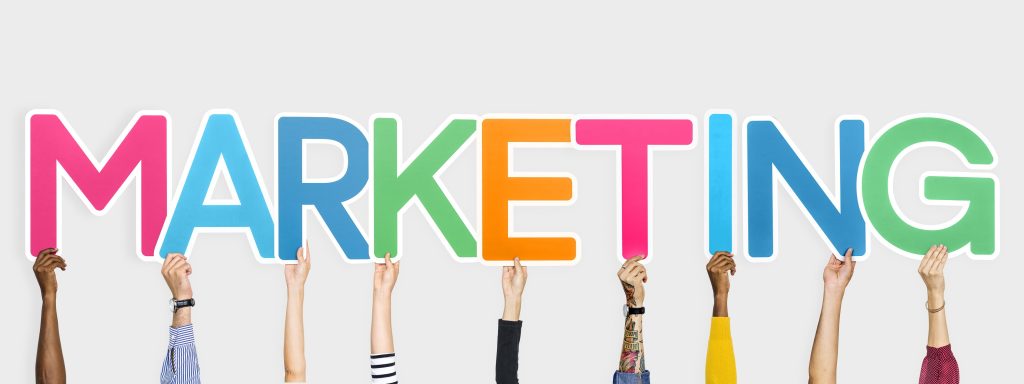“Your global campaign translated perfectly—so why did it flop?”
If your international marketing efforts have ever misfired, you’re not alone. Even flawless translations can fall flat if they ignore cultural nuance. That’s where transcreation comes in—a powerful blend of translation and creative adaptation that ensures your message doesn’t just speak another language but resonates deeply with local audiences.
When entering the global market, literal translations simply won’t cut it. Transcreation bridges the gap between language and culture, turning generic campaigns into relatable stories that drive engagement, trust, and conversions. Let’s explore how this process transforms global communication—and when your brand needs it.
What Is Transcreation?
Transcreation is the process of adapting content not only by translating its words, but also by reimagining its tone, style, and cultural context. Unlike straightforward translation, which seeks to preserve the original meaning, transcreation allows creative freedom to reshape the message so it fits the tastes and expectations of the target audience.
For example, Starbucks’ “Flat White” was rebranded in Chinese as 馥芮白 (Fùruìbái)—a poetic name that evokes luxury and goes far beyond a literal translation. With transcreation, your brand’s message carries the same emotional impact whether your audience speaks English, Mandarin, or Spanish.
Transcreation vs. Translation: What’s the Difference?
At first glance, translation and transcreation might seem similar—both involve adapting content for new audiences. But the approaches and outcomes couldn’t be more different. Here’s a snapshot of how they compare:
| Aspect | Transcreation | Translation |
| Purpose | Adapts content to evoke the same cultural and emotional response as the original. | Converts content from one language to another while retaining accuracy and meaning. |
| Approach | Creative and flexible, allowing for rephrasing, adaptation, and reimagining. | Often literal and direct, focusing on word-for-word accuracy. |
| Goal | Engages the audience by adapting tone, message, and cultural context. | Ensures information remains consistent and understandable across languages. |
| Ideal for | Marketing, advertising, and branding materials where cultural resonance and tone are essential. | Technical, legal, or informational content where clarity is most important. |
Related article: Translation vs. Localization vs. Transcreation – Learn the Difference
When Do You Need Transcreation?
Transcreation is most valuable when your content needs to connect emotionally with audiences across cultures. Standard translation may convey basic meaning, but if the original message relies on humor, idioms, or cultural references, it can easily fall flat. Here’s where transcreation makes a real difference:
Marketing and Advertising Campaigns
Marketing materials are crafted to evoke emotions and encourage action, often relying on subtle cultural cues. In campaigns where messaging involves humor, wordplay, or metaphors, transcreation allows these elements to be tailored to the cultural preferences of the target audience, ensuring the brand’s message feels authentic.
Example: In Arabic-speaking countries, “Black Friday” was rebranded as “White Friday” because the color black symbolizes mourning and tragedy in the region. Retailers like Amazon and Noon adapted campaigns to reflect local sentiments, driving sales while respecting cultural values.

Related article: A Comprehensive Guide to Marketing Translation
Brand Identity and Tone of Voice
Maintaining a consistent brand identity while adapting to different markets is a complex challenge. When you’re communicating your brand’s unique personality and voice across languages, transcreation helps preserve these traits in a way that resonates locally. This applies to slogans, product names, and other brand-defining elements that may need reworking to retain their impact.
Product and Service Descriptions
Descriptions of products or services can be straightforward in one market but require an entirely different presentation elsewhere. For example, food products, beauty items, or even entertainment services often need cultural tweaks to align with local tastes and values. Transcreation helps you rephrase and adapt descriptions to highlight benefits that appeal most to each specific audience.
Digital and Social Media Content
Digital platforms offer direct access to global audiences, but they also highlight the importance of speaking to users in a way that feels native to them. For content on social media, websites, or apps, transcreation can make sure that posts, headlines, and calls-to-action align with local expectations and engage audiences effectively.
Entertainment and Media
Movies, video games, and books often include cultural references that might not make sense in other regions. Transcreation can modify these aspects, ensuring the storyline or theme remains appealing and relatable. For example, a comedy film might require rewrites of jokes that don’t translate well, or a game might change character backstories to fit the target market’s culture.
Challenges in Transcreation
While transcreation offers powerful benefits, it also comes with challenges:
- Cultural Sensitivity: Avoiding offensive or confusing content.
- Brand Consistency: Balancing local adaptation with core identity.
- Linguistic Complexity: Adapting idioms, humor, and metaphors.
- Legal Compliance: Meeting regional advertising regulations.
- Emotional Resonance: Evoking the same feelings across cultures.
Best Practices for Transcreation
1. Develop a Clear Creative Brief
Start with a comprehensive creative brief that outlines your campaign goals, desired emotional outcomes, and key messages. Include detailed brand guidelines such as tone, style, voice, and visual elements. Provide examples of previous successful campaigns or pieces that capture your brand’s essence. This document serves as a roadmap, ensuring that transcreators fully understand what your brand stands for and what you aim to achieve with the adapted content.
2. Conduct Thorough Market Research
Invest in research to dive deep into your target market’s cultural norms, language quirks, and potential sensitivities. Explore local consumer behavior, popular media, and even regional slang to gain insights into what resonates emotionally. This step might involve focus groups, surveys, or collaborating with local market experts. By understanding the cultural context, you can ensure that your transcreated content feels natural and relevant.
3. Choose Qualified Transcreators
The success of your transcreation efforts largely depends on the talent you select. Look for professionals who are not only fluent in the target language but also possess strong copywriting skills and a creative flair for storytelling. Review their portfolios and testimonials to ensure they have a proven track record with similar projects. Experienced transcreators know how to effectively adapt slogans, idioms, and cultural references while preserving your brand’s core message.
4. Maintain an Open Feedback Loop
Effective transcreation is a collaborative process. Establish regular communication between your marketing team, product owners, and transcreators. Schedule feedback sessions throughout the project’s lifecycle—ideation, drafting, and final revisions—to ensure the adapted content aligns with your brand’s voice and meets campaign objectives. This ongoing dialogue helps quickly resolve any issues and refine the content until it resonates with the target audience.
5. Implement Rigorous Quality Assurance
Quality assurance is essential for verifying that the transcreated content meets both linguistic and cultural standards. Consider employing A/B testing, focus groups, or online surveys within the target market to gather feedback on emotional impact and clarity. Use this data to fine-tune your content. Additionally, having a secondary review by another qualified transcreator or a native speaker can catch nuances or errors that might have been overlooked during the initial translation process.
6. Plan Realistically for Budget and Timelines
Transcreation is a creative, iterative process that often requires more time and resources than standard translation. Set realistic budgets and project timelines that account for the extra layers of creativity, research, and review needed. Factor in additional rounds of revisions and quality checks to ensure the final product doesn’t compromise on impact. Clear planning will help you avoid rushing the process, which could undermine the quality of your transcreated content.
Conclusion
In the global marketplace, a one-size-fits-all approach rarely works. While a direct translation might deliver the correct words, it can miss the cultural nuance that makes your message resonate. Transcreation transforms your brand’s message into a cultural conversation—turning audiences into loyal advocates.
At EC Innovations, we offer professional transcreation services that adapt your content creatively and culturally to engage international audiences. Whether you’re launching a new global campaign or rebranding for international expansion, our tailored approach ensures your content resonates with local consumers and drives meaningful engagement.
Ready to make your brand resonate globally? Contact our experts today to start your transcreation journey.



